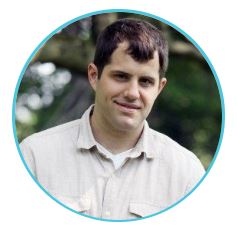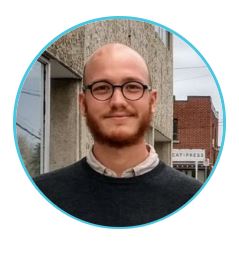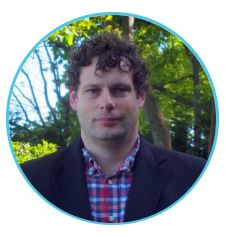2019 International Trails Symposium
April 28 – May 1 | Syracuse, NY
Mark your calendar! The 2019 International Trails Symposium, hosted by American Trails, is coming to Syracuse, New York from April 28-May 1, 2019. The event will host leaders in the trails industry from across North America and around the world, and Alta is proud to be a sponsor.
Alta Principal Jeff Olson will feature the Empire State Trail project in the opening keynote. Find us at our conference booth, and see you at the sessions below!
Session Information
How E-Bikes and Autonomous Vehicles are Effecting Trail Development
Monday, April 29, 2019 | 7:00 – 8:00 AM
Emerging technologies such as e-bikes, neighborhood electric vehicles, and autonomous vehicles represent a new group of trail users that we must consider for trail design and management. These new modes of trail use introduce challenges such as increasing the speed differential between users on the trail and potential conflicts between human and computer-controlled mobility. We will discuss how the next generation of trails may change not only our definition of a ‘trail’ but also our transportation network.
Presented by: Deven Young and Mike Rose


__________________________________________________________________________________________________________________________________________________________
PTBA Technical Track: New Strategies in Natural Surface Trail Planning
Tuesday, April 30 | 8:15 – 9:30 AM
In 2018, Salt Lake City Parks and Public Lands collaborated with Alta Planning + Design to develop the Foothills Trail Master Plan. The plan utilized a number of creative tools, strategies, and planning processes to formulate a plan for the creation of 100+ miles of sustainable, natural surface trails directly accessible from many Salt Lake City neighborhoods. ArcGIS and online tools were utilized to map existing conditions and quickly assess the sustainability of the numerous social trails crisscrossing the study area. A collaborative workshop with diverse representation quickly established a framework for trail improvements. Finally, a thorough public involvement process with in-person and online outreach tools cultivated public consensus and support. This session will provide an overview of various innovative strategies and describe how they could be applied to other complex, recreational trail projects.
Presented by: David Foster

__________________________________________________________________________________________________________________________________________________________
Thinking Big: Lessons from Urban Corridor Trails
Tuesday, April 30 | 2:30 – 3:45 PM
Knitting a trail through a dense urban corridor is very challenging and can be very expensive. From physical constraints, to existing uses, contaminated soils to inter-agency coordination an urban corridor trail must overcome complex challenges. Is it worth the trouble? YES! This session will explore the unique tasks of planning and designing trails to and through dense urban corridors. We will also help put the numerous benefits (faster commute times, less congestion, healthier and happier residents) into context to explore how these benefits can break down silos and generate support for your project.
Presented by: Emily Duchon and Deven Young


__________________________________________________________________________________________________________________________________________________________
K&P Trail: Spine of a Regional Active Transportation Network in Eastern Ontario
Wednesday, May 1 | 10:00 – 11:30 AM
Trails have the opportunity to seamlessly connect vast regions. They become the spine of an active transportation (AT) network that connects people to areas beyond the trail’s reach. The K&P Trail is a 46 km rail to trail located in Frontenac County in Kingston, in eastern Ontario. The trail travels through urban, suburban and rural settings including a dedicated crossing under a multi-lane highway. The trail is intended for recreational use, but has created an opportunity for residents living in rural areas to commute into the city. The trail showcases the natural and built heritage of the region passing historic remains and provincially-significant wetlands. The trail crosses into multiple townships welcoming walkers, cyclists, equestrian, and ATVs in certain sections. The role of the trail in creating a spine for the regional AT network will be discussed and how it aligns with the tourism and health goals of Frontenac County. Challenges include developing an inter-jurisdictional trail with a mix of users, now and into the future.
Presented by: Ezra Lipton

__________________________________________________________________________________________________________________________________________________________
Planning and Building Trails in Under-Served Urban Communities with Multiple Partners
Wednesday, May 1 | 2:45 – 4:00 PM
During this session, two case studies will lay out opportunities and challenges with completing trails through a lengthy planning, design, and construction process with multiple planning partners and project funders. The first presentation will focus on the planning and design process of closing a gap in the Frankford Creek Greenway by working with the City of Philadelphia, Pennsylvania Department of Transportation, and private developers to complete a 3.5 mile segment in the Circuit Trail network. Information on how the gap was identified, prioritized, planned, and funded will be provided. The second presentation focuses on the Wolf River Greenway in Memphis, Tennessee, a 36-mile greenway system that was planned, programmed, designed, and began construction over the last five years.
Presented by: Daniel Ashworth and Sara Patterson

